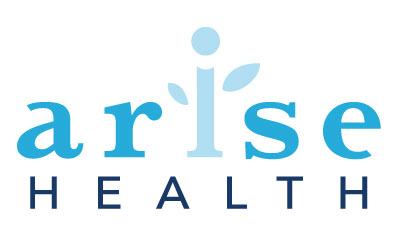Hormonal fluctuations throughout peri-menopause create or exacerbate an array of symptoms including: anxiety & depression, insomnia, hot flushes, reduced metabolic rate, abdominal weight gain, increased insulin resistance, brain fog, changes in bone density, reduced ability to cope with stress, aches and pains.
Movement is one of the simplest and effective strategies you can use to manage & reduce any and all of the above symptoms.
- Movement releases endorphins to improve mood and reduce symptoms of anxiety and depression.
- Movement in the morning (before 10) helps to regulate our circadian rhythm, improving our sleep. Better sleep, improves our ability to cope with aches & pains.
- Weight bearing exercise improves our bone density
- Movement that challenges our balance and agility improves our proprioception (our knowledge of where we are in space), reducing the risk of falls as we age.
- Movement reduces insulin resistance and subsequently weight gain.
- Green exercise (gentle exercise in the outdoors) – stimulates our ‘rest & digest’ parasympathetic nervous system, improving our ability to cope with stress.
Movement that builds muscle mass:
- Increases our metabolism which reduces weight gain
- Improves brain energy and cognition.
- Reduces incidence of hot flushes
- Facilitates healthy bone remodelling to reduce risk of fractures with age.
A little movement – even 15 mins a day, helps our body adjust to and accommodate the hormonal changes we’re experiencing. I recommend finding a mix of activities you enjoy. Movement should never be a chore, but something that invigorates & enlivens you. Try swimming to build muscle mass, yoga for calm balance and mobility, a walk in the bush in the early morning to improve sleep. Whatever lifts you up and works for you!!

